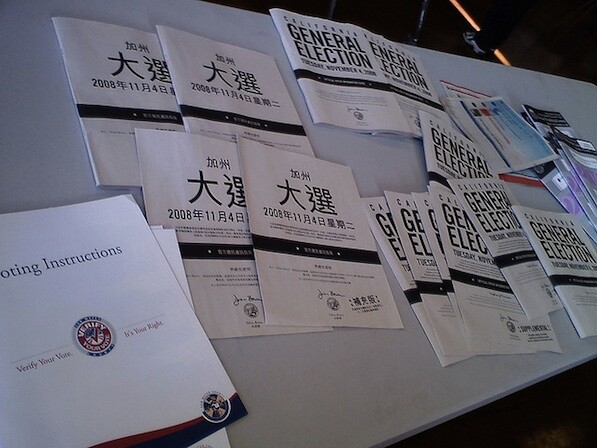No More Love Letters from the Legislature: A California Court Tells the Legislature to Stop Writing Official Ballot Measure Language

"The glass is half full." "The glass is half empty." This is the classic example of two statements which are true, but which convey messages almost in opposition to one another.
Let's try another example. "Measure B increases funding for schools without any additional taxes." "Measure B finances funding for schools by allowing the State to sell debt, taxpayers will eventually have to pay back that debt, with interest."
Or another. "Measure C promotes accountability and the integrity of electoral and governmental processes by creating an ethics commission." "Measure C creates a new bureaucratic government agency."
And finally, one more. "Measure D would provide health care for the poorest Californians by modestly increasing taxes for those in the highest tax bracket." "Measure D increases taxes and punishes those in our state who are most successful."
These are perhaps not the best examples, but they show the importance of a California appellate court's decision last week. The court found that legislators cannot write the official ballot measure descriptions for measures they ask voters to pass. (You can find the court's ruling by clicking here.)
In the near future, this will mean that legislators cannot draft descriptions for Governor Jerry Brown's proposed extension of tax increases. It would also mean that legislators would not write the ballot descriptions for measures heading for the ballot in 2012, which will ask voters to approve water bonds and a rainy-day fund.
Who will write the official ballot language?
The California attorney general will. The AG also writes the language for measures put on the ballot via the initiative process (as opposed to the legislative process). While the attorney general is still an elected official, she is at least somewhat removed from the legislative process.
To use a real world example of how the Legislature has used its power to write official ballot language, consider the successful 2008 measure asking Californians to approve the sale of bonds to create a high speed rail. (Not coincidentally, the action at the center of the court's decision last week). The attorney general's name for the measure was: "High Speed Rail Bonds." And now for the Legislature's version: "Safe, Reliable High-Speed Passenger Train Bond Act." Voters may be the judge, but can we all agree that one sounds a little more exciting than the other?
Given that example, what is safe to say is that the Legislature should not write its own ballot language. If the Legislature wants to advertise for legislatively referred ballot measures, it should find another way. Better yet, leave that for those writing the arguments in favor of ballot measures.
The photo on this post is by Flickr user cswtwo. It was used under a Creative Commons License.


